
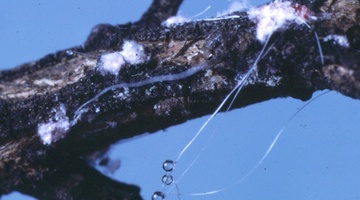
Our native forests – ngahere – have complex ecosystems. Within the wider ecosystems are smaller ecosystems, such as the one formed around honeydew. Honeydew is a sweet, sticky substance produced ...
READ MORE
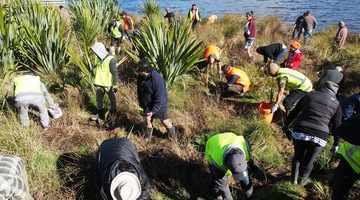
Our freshwater native fish like to keep their cool. They’re used to shaded waterways lined with dense vegetation because over 80% of New Zealand was once forested. Stream work for fish is ...
READ MORE

New Zealand’s native freshwater fish are unique – 51 of the 54 species are only found here in New Zealand. However, when asked to name a freshwater fish species, most people will first name an ...
READ MORE

Repo (wetlands) are rich in biodiversity. They are the ‘in between’ places that connect the water with the land, providing habitats for native plants, invertebrates, fish and birds. Repo are also ...
READ MORE
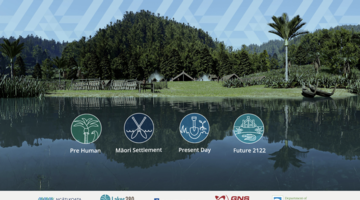
He reo nō te puehu – A voice from the dust is a 360-degree browser-based virtual reality experience in which users can visit Lake Moawhitu at different points in time: Pre Human, Māori ...
READ MORE

Kōura (freshwater crayfish) are a taonga species for Māori, a keystone species for ecosystem dynamics and an indicator species for ecosystem health. They are also a species that have been ...
READ MORE
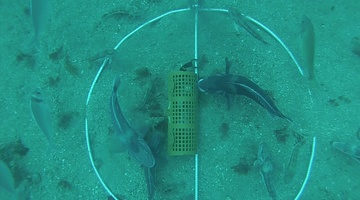
Come and visit Aotearoa New Zealand’s underwater world in this online citizen science project. Discover, count and identify unique fish species that live within our marine reserves ...
READ MORE
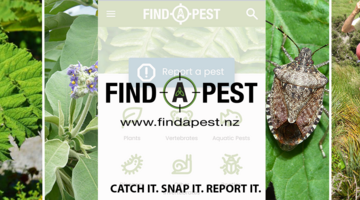
The free Find-A-Pest app makes it easy to report and identify possible pest species. Wherever you are, you can help protect Aotearoa New Zealand’s primary industries and native species in two ...
READ MORE
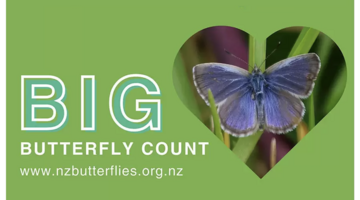
This New Zealand-based citizen science project collects data about butterflies in our gardens, schools, parks and farms – any location in the country or on the outer islands. This annual event – ...
READ MORE

In this recorded professional learning session, Greta Dromgool shares the mahi from a collaboration between Manaaki Whenua – Landcare Research and Pokapū Akoranga Pūtaiao – The Science Learning ...
READ MORE
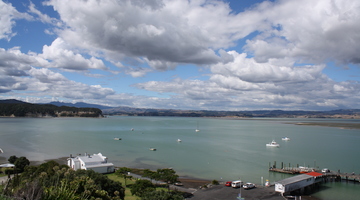
With 75% of New Zealanders living within 10 km of the coast, many students will be familiar with estuaries. In scientific terms, estuaries are the interface between the land and the sea – the ...
READ MORE

The Science Learning Hub has a selection of resources that have been translated into te reo Māori and a number of resources that feature both te reo Māori and English. Our webinar Opportunities ...
READ MORE
Our native forests – ngahere – have complex ecosystems. These ecosystems are under threat from introduced wasp species. In this episode of Project Mātauranga, Associate Professor Jacqueline Beggs ...
READ MORE
Researcher Rosa Henderson from Landcare Research NZ Ltd introduces the tiny scale insects and talks about their role in the ecosystem.
READ MORE
Researcher Cheri van Schravendijk-Goodman explains why some plants are considered pest plants within the Waikato River catchment. These plants invade the catchment area and often compete with ...
READ MORE

This slideshow, from the webinar Te Repo – wetlands as a context for learning, provides additional support for the video tutorial. Use the Slideshow menu for further options, including view full ...
READ MORE

View ecosystem connections with a te ao Māori perspective. Click on the labels for more information. Select here to view the full transcript and copyright information.
READ MORE

An interactive showing the lower Waikato River. Use the zoom-in feature to find some cultural and geographical connections to the river. Listen to iwi talking about what the river means to them ...
READ MORE